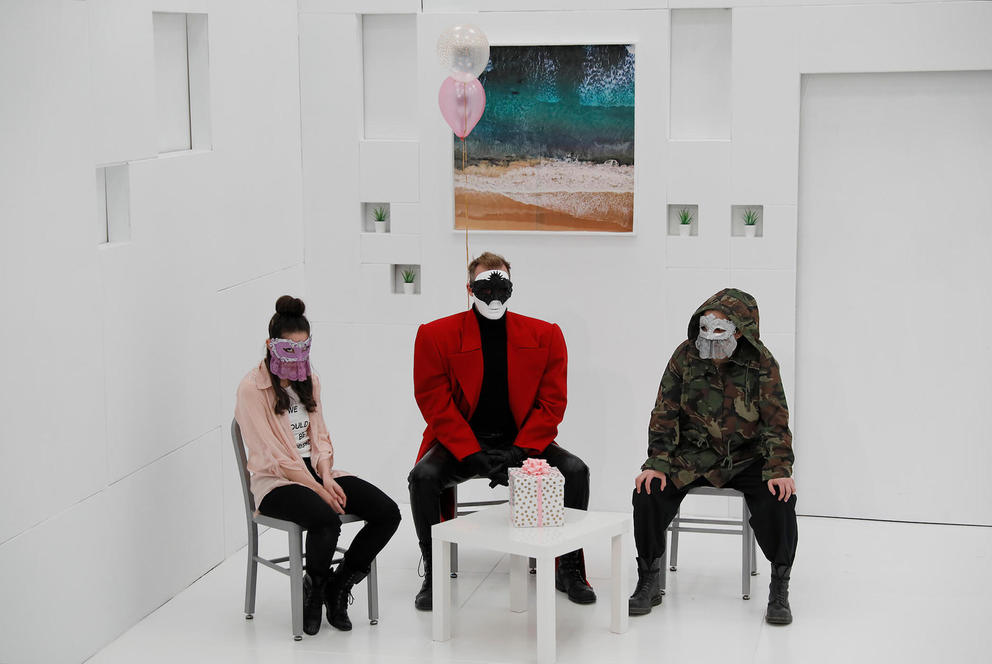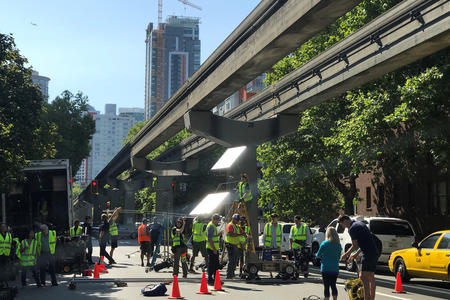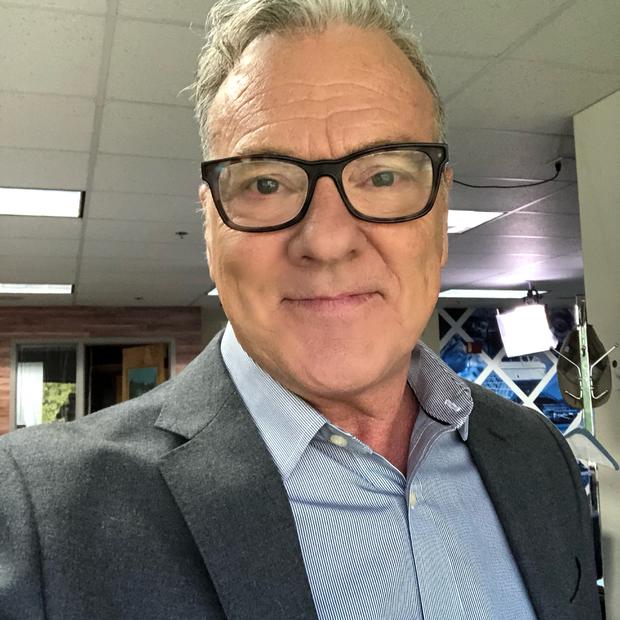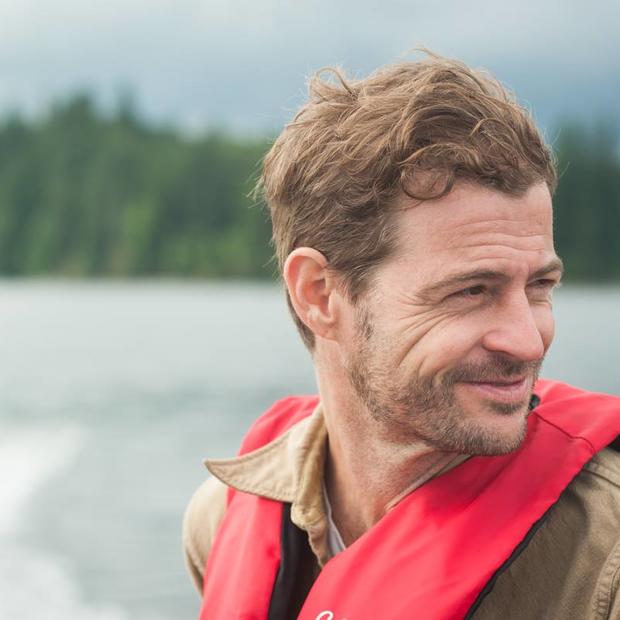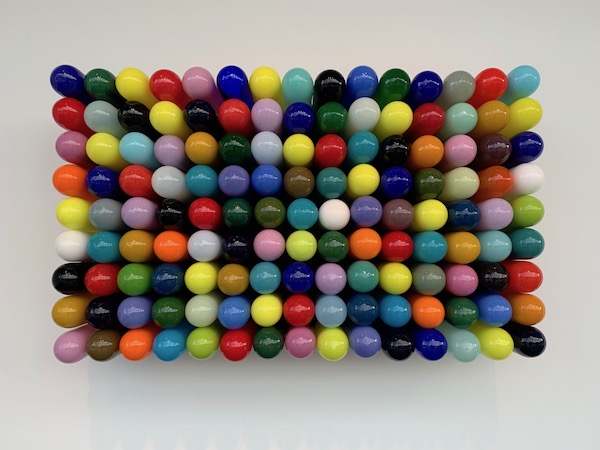
Tacoma Art Museum’s New Benaroya Wing
When Rebecca and Jack Benaroya met as students at Garfield High School, were they already plotting to be major funders of the Pacific Northwest art scene? Jack died in 2012, but Rebecca (known as “Becky,” and extremely vibrant at age 93) is carrying on the duo’s legacy. Case in point: this weekend marks the opening of the Rebecca and Jack Benaroya Wing at Tacoma Art Museum, so named thanks to her $9.2 million contribution, and a legacy gift of 353 works of art from the couple’s personal collection. Designed by Olson Kundig architects, the new space is an homage to the region’s notable glass makers and the longstanding local tradition of bold experimentation within the medium. (Even the glass used for the display cases is impressive — made with the latest anti-reflective technology, it is nearly invisible.) The inaugural exhibit features a blend of work from the Benaroya gift and Tacoma Art Museum’s collection, including pieces by masters Dale Chihuly, Ginny Ruffner, Paul Marioni, Cappy Thompson, William Morris and Dante Marioni, a playful pop piece by Jen Elek and a gorgeous new direction — mossy trees made of glass — by Seattle’s Debora Moore. –B.D.
If you go: Tacoma Art Museum, Opening Festival with live music, dance and art making, Jan. 19 from 10 a.m. - 4 p.m. (Free)
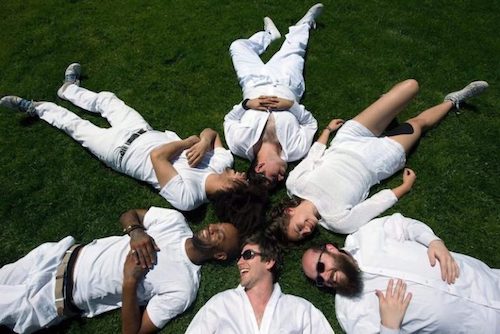
Richie Dagger’s Crime
It takes a lot to stand out as a sensitive singer-songwriter dude — especially after so many decades of homogenized versions of the type. Which is a win-win, as the musical landscape is further attuned to diverse voices, and those aforementioned sensitive dudes are required to arrive with extra talent and artistic abandon. Richie Nelson is up to the challenge. The dapper bandleader has toiled in Seattle’s indie-rock underground for ages, and last year released his debut album, Sea of Dysfunction, under the name Richie Dagger’s Crime. It’s a strange and surprising work of experimental soul-pop, with Nelson’s pliable vocals backed by horns, strings and evocative electronics reminiscent of Vampire Weekend or Bon Iver’s jauntier excursions. This is the new standard and we’re here for it. –J.Z.
If you go: Barboza, Jan. 17 at 8 p.m. ($8-10; 21 and older)
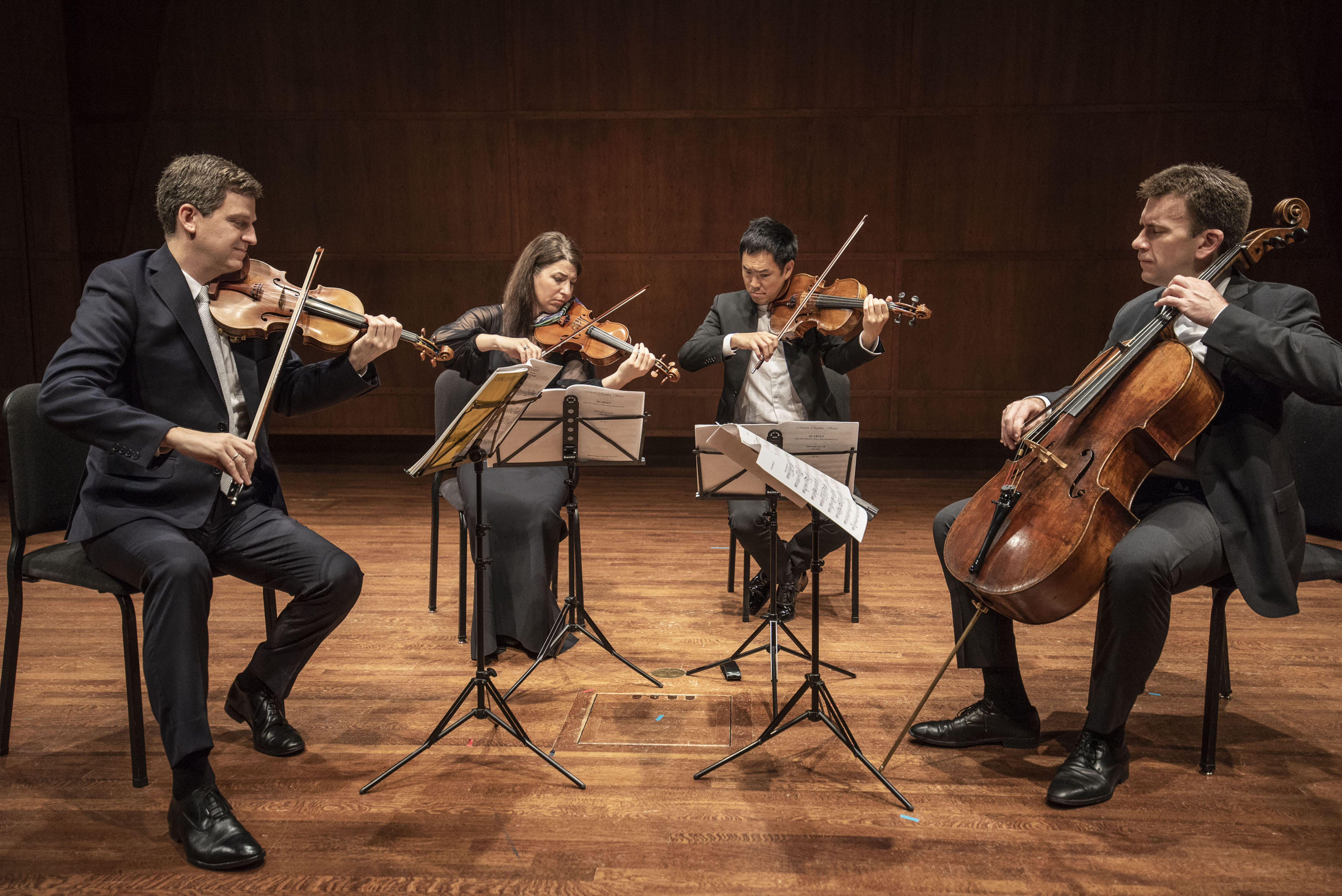
Seattle Chamber Music Society Winter Festival
Seattle Chamber Music Society, best known for its summer concert soirees, breaks up Seattle’s winter gloom with a minifestival over two weekends. Artistic director (and extraordinary violinist) James Ehnes brings in world-class virtuosos who electrify a room, as well as free recitals, lectures, open rehearsals and six full concerts. Among the can’t-miss performances is the Ehnes Quartet’s rendition of Janáček’s Kreutzer Sonata, inspired by Leo Tolstoy’s novella by the same name exploring love, jealousy and culminating in a stabbing. –S.H.
If you go: Seattle Chamber Music Festival at Benaroya Hall, Jan. 18-27, times vary. ($20-$60)
Vaens, Drippy Baby, Adam Mohr
Choose any neon-hued 1980s reverie — Jazzercise class, roller-rink romance, nighttime cityscape montage — and Vaens can supply the soundtrack. The solo synthpop project of Northwest native Alexander Hatzialexiou, Vaens combines bouncy, throwbacky electronic production and Hatzialexiou’s cavernously reverbed vocals, bridging nostalgia for a simpler, acid-washed time with irresistible dance floor urgency. Also on the bill: Drippy Baby, the new psych-pop project from Seattle scene vet and all-around love machine Michael Lee; opening DJ Adam Mohr is one of the main instigators behind the weekly indie-pop party Dance Yourself Clean. –J.Z.
If you go: Chop Suey, Jan. 21 at 7 p.m. ($8-10; 21 and older)
Washington Ensemble Theater: B
When you’ve had enough, what is the best method of political protest? Chilean playwright Guillermo Calderón explores this question in B, an absurdist take on violent activism. The play makes its U.S. debut with this Washington Ensemble Theater production, in which director Jay O’Leary adds a layer of American identity politics by casting two Latinx actresses as the budding anarchists who recruit a masked bomb maker (a white male), to assist in their cause. Strongly held beliefs, truth, terrorism — and a few surprising turns — all play out inside a minimalist, boxlike apartment. The cast brings clever and funny performances, with monologues that resonate like aftershocks. B will leave you contemplating human nature long after you’ve left the theater. –A.P.F.
If you go: Washington Ensemble Theatre at 12th Avenue Arts through Jan. 28. Times vary. ($15-$25)
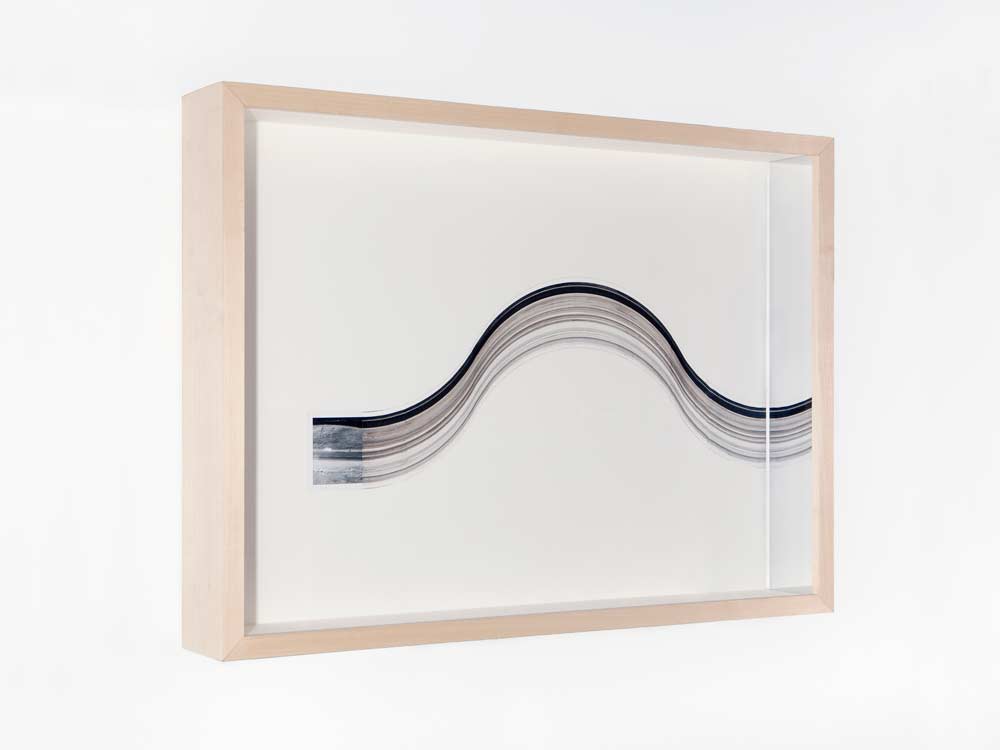
Joe Rudko: Same as it Ever Was
While recent Cornish grad Anthony White is getting loads of art-world attention right now (read our profile), another talented young Seattle artist is also on view at Greg Kucera Gallery. After saturating your eyes with White’s gumball-candy-colored paintings, proceed to the back rooms of the gallery, where Joe Rudko’s found-photo constructions feel meditative by comparison. Like White, Rudko creates pop culture tableaus, but his works showcase the softer hues of faded Polaroids. Both artists explore the snapshot as American chronicle, but White’s lens is self-directed, selfie-style, where Rudko dissects images staged by an other. This dissection is literal. He slices and dices photos and reconstructs them into shapes — a circle that changes hues like a color wheel, a large portrait made entirely of tiny faces cut from photos. Sometimes he positions a single photo at the edge of a frame or wall and adds paint so it looks as if the ink has been smeared out from the image in long stripes. As a result, the work has a time-warpy feel — a snapshot of humanity folded in on itself. –B.D.
If you go: Greg Kucera Gallery through Feb. 16. (Free)

